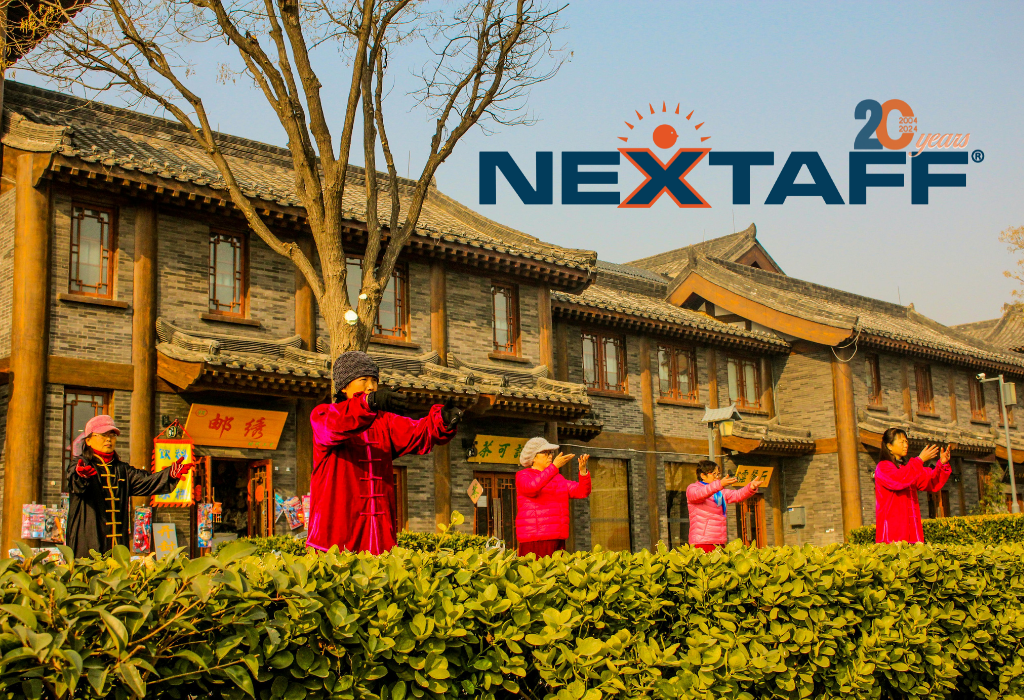Building a cohesive and high-performing team is the cornerstone of organizational success. One of the key factors that contribute to a team’s success is cultural fit in hiring. But what exactly is cultural fit? Cultural fit refers to the alignment of an individual’s values, beliefs, and behaviors with those of the organization they are a part of. It’s about ensuring that employees not only have the necessary skills and qualifications but also share common values and can thrive within the company’s culture.
Cultural Fit Assessment
Assessing cultural fit during the hiring process has become increasingly important in today’s competitive job market. Employers are realizing that hiring candidates based solely on their skills and experience may not guarantee long-term success if they don’t fit into the company’s culture. This is where cultural fit assessments come into play. These assessments evaluate a candidate’s compatibility with the organization’s values, communication styles, and team dynamics.
Key Components of Culture
When implementing cultural fit assessments in hiring, it’s essential to understand the key components involved. Values alignment is one of the crucial aspects to consider. This involves assessing whether a candidate’s values align with the core values of the organization. For example, if integrity is a core value of the company, candidates who demonstrate honesty and ethical behavior would likely be a good cultural fit.
Communication styles also play a significant role in cultural fit assessment. Different organizations may have varying communication preferences, such as direct communication or more collaborative approaches. Assessing a candidate’s communication style helps ensure they can effectively communicate and collaborate within the team and with clients or stakeholders.
Furthermore, evaluating team dynamics is essential to building a compatible team. This involves assessing how well a candidate would integrate into the existing team structure. For instance, if the team thrives on creativity and innovation, a candidate who values experimentation and out-of-the-box thinking would likely fit in well.
Implementing Assessment in Hiring
Integrating cultural fit assessment into the recruitment process requires a strategic approach. It starts with incorporating cultural fit questions into interviews to gauge candidates’ alignment with the company’s values and culture. Additionally, using assessment tools and techniques specifically designed for cultural fit evaluation can provide valuable insights into a candidate’s compatibility with the team and organization.
Benefits of Prioritizing Cultural Fit
Emphasizing cultural fit in hiring yields a significant advantage: improved team morale and cohesion. When team members align in values and beliefs, it nurtures a feeling of belonging and unity. Consequently, this fosters enhanced collaboration, minimizes conflicts, and cultivates a more positive work environment.
Moreover, cultural fit contributes to increased productivity and performance within the team. When employees feel aligned with the company’s culture, they are more motivated and engaged in their work. This translates into higher levels of productivity, better decision-making, and ultimately, improved business outcomes.
Avoiding Pitfalls in Cultural Fit
It’s crucial to avoid pitfalls in cultural fit assessment. One common mistake is overemphasizing cultural fit at the expense of skills and qualifications. While cultural fit is important, it should not overshadow the candidate’s ability to perform the job effectively. Striking a balance between cultural fit and skills ensures that you hire candidates who can contribute meaningfully to the team. Mitigating biases in cultural fit assessment is also paramount. Unconscious biases can influence hiring decisions and lead to discrimination. Training hiring teams to recognize and mitigate biases, using data-driven approaches, and implementing continuous evaluation processes can help ensure fairness and inclusivity in cultural fit assessment.
Measuring Fit Over Time
Measuring cultural fit over time requires the implementation of strategies for continuous evaluation and adjustment. This involves integrating cultural fit appraisal into performance evaluations, establishing feedback channels for employees to contribute insights on cultural fit, and modifying criteria as the organizational culture progresses.
Addressing Diversity and Inclusion
Addressing diversity and inclusion in cultural fit assessment is another crucial aspect. Balancing cultural fit with diversity initiatives ensures that organizations build diverse yet compatible teams. This involves integrating diversity considerations into cultural fit assessment criteria, fostering inclusivity within teams, and recognizing the value of diverse perspectives in driving innovation and creativity.
In conclusion, using cultural fit assessment to staff a compatible team is essential for organizational success. By evaluating values alignment, communication styles, and team dynamics, employers can ensure they hire candidates who not only possess the right skills but also fit seamlessly into the company’s culture. Prioritizing cultural fit leads to improved team morale, increased productivity, and a more cohesive and harmonious work environment. Implementing cultural fit assessment requires a strategic approach, avoiding biases, and learning from best practices through real-world case studies. By continuously measuring and adapting cultural fit criteria, organizations can build diverse, inclusive, and high-performing teams that drive business growth and success.
Are you ready to unlock your business’s full potential to compete in the industry? Learn More About Client Solutions when you partner with your local NEXTAFF today and take your hiring to the next level!












